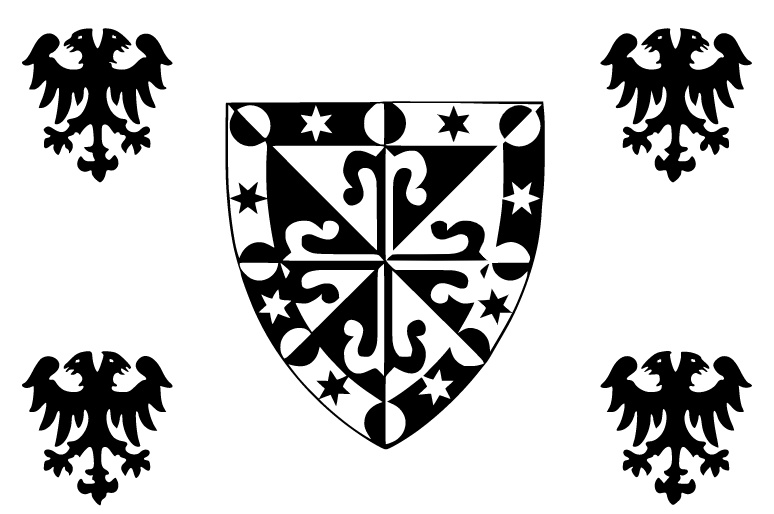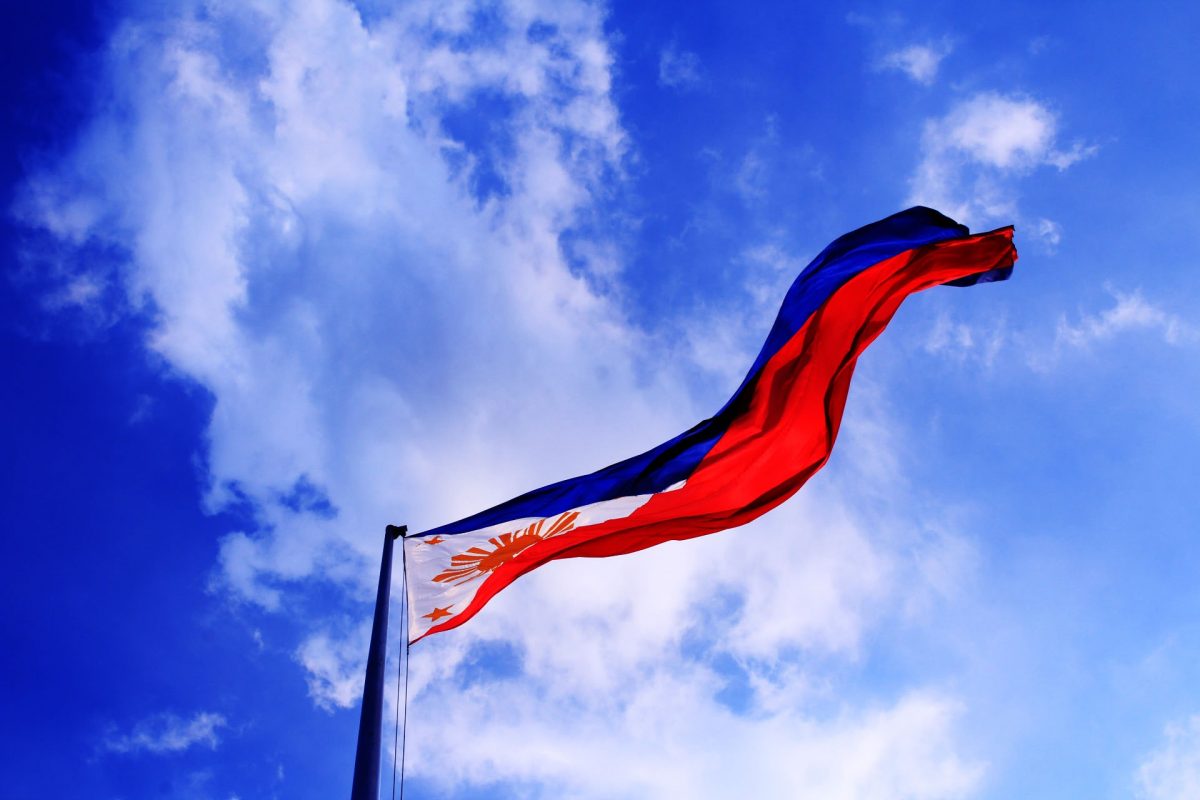A country’s flag is its most important symbol. It signifies the patriotism and freedom of the nation. It also expresses the sentiments and hopes of Filipinos. Have you ever wondered why The Philippine flag looks the way it does? Where did it come from?
Flag History of the Philippines
During the pre-colonial period, sources and archives only show photos with depictions of how we would have dressed or icons in seals. This was later proved through a letter seal dated 1002 found in Butuan. We didn’t have a flag and also didn’t operate as one united country at the time. It was not even until after we got colonized that we got the name: Philippines.

In 1521, Magellan arrived in our country and claimed it for Spain. At this time, our flag was the Spanish colonial flag symbolizing the Spanish rule over us. Despite being colonized, some regions were still under native rule for some time. These natives had flags that were symbols of their revolts at the time. An example would be the rectangular yellow flag of the Sultanate of Maguindanao and the intricate coat of arms over a white rectangle that was used during the Silang Revolt.
Origins of the Philippine Flag
A condition in the agreement of Biak na Bato was for the revolution leaders to go to Hong Kong. They were called the Hong Kong Junta. During this time, General Emilio Aguinaldo thought that we needed a flag to symbolize our country. When he returned from Hong Kong, he brought our flag with him.
He adopted the color palette of the flag of the United States as a sign of gratitude for their support during the war with Spain for our liberty. Originally, the colors of our flags were closer to Cuban and Puerto Rican colors as all three countries fought for liberation from Spanish Rule.
In 1985, there was an attempt to change the shades of blue andred used in the flag. At the time, it was an unpopular initiative and was rejected. With the Centennial of the Proclamation of Independence in 1998, the colors of the flag were revised on the advice of historians. But instead of adopting the Cuban colors as previously proposed, the color blue was changed to royal blue.


